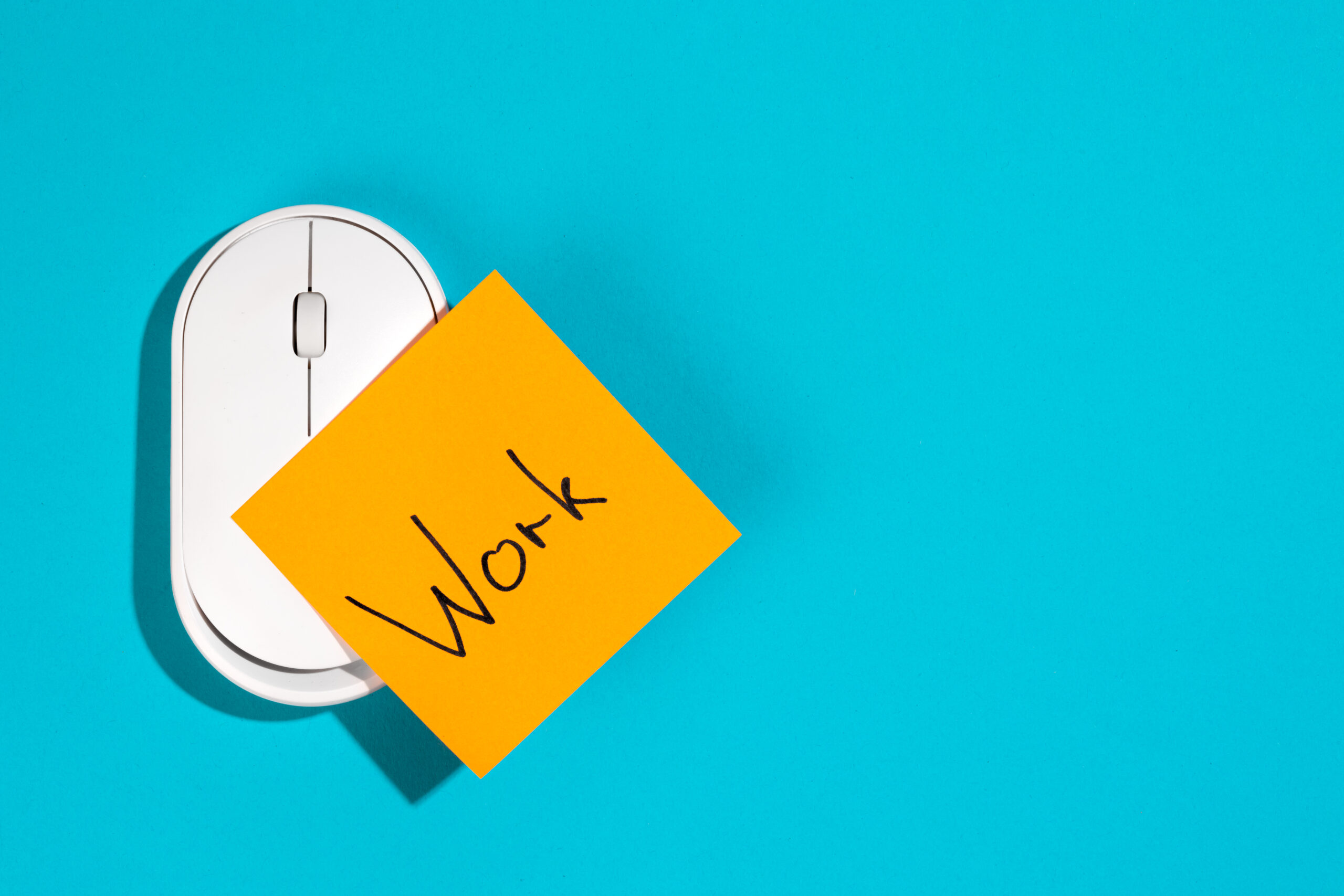Working from home is like having your cake and eating it too, until you realize that the cake is a never-ending list of tasks and your couch is way too comfortable. If you’ve ever tried to avoid procrastination only to end up binging your favorite show or reorganizing your sock drawer, this guide is for you!
Let’s dive into a no-nonsense approach to beating procrastination and mastering the art of how to work from home with flair.
Understanding the Nature of Procrastination
Before we explore actionable strategies, it’s essential to grasp the root of the problem. One common question that arises is: is procrastination a habit?
Research suggests that procrastination often stems from ingrained habits and emotional triggers. Recognizing these triggers whether it’s the allure of distractions or the fear of failure can empower you to take the necessary steps toward change.
In this section, we look at methods such as mindfulness and habit tracking that help break the cycle of procrastinating at work.
Key Insights:
Identify Triggers:
- Keeping a distraction diary can reveal patterns in your behavior.
- Note the time of day, environment, and emotions when distractions occur.
- Identify specific triggers like social media, noise, or fatigue.
- Use this insight to develop strategies to minimize or eliminate these triggers.
Mindfulness Techniques:
- Practice daily mindfulness to avoid procrastination, reduce anxiety, and increase focus.
- Use deep breathing, meditation, or body scanning to stay present.
- Take short mindfulness breaks throughout the day to reset your mind.
- Engage in mindful activities like walking or journaling to enhance awareness.
Set Small Goals:
- Breaking tasks into smaller pieces makes them less daunting.
- Set clear, achievable milestones to maintain motivation.
- Use the “two-minute rule” for quick tasks to build momentum.
- Reward yourself after completing small goals to reinforce positive habits.
Embracing the Remote Work Revolution
Working from Home isn’t just a trend it’s a lifestyle that offers freedom but requires discipline. For those transitioning to remote work, understanding the remote work rules for employees is critical. Establish clear guidelines with your team to ensure expectations are met while maintaining flexibility.
Strategies for a Successful Remote Work Environment
1. Establish a Dedicated Workspace:
- Designate a specific area in your home solely for work to create a clear boundary between professional and personal life.
- Ensure your workspace is comfortable, well-lit, and free from distractions.
- Invest in ergonomic furniture to support good posture and reduce physical strain.
- Keep your workspace organized to promote efficiency and minimize stress.
- If space is limited, use visual cues like a specific chair or desk setup to create a mental shift into work mode.
2. Create a Structured Schedule:
- Allocate specific hours for work and breaks to maintain productivity and prevent burnout.
- Start your day with a routine (e.g., morning exercise, coffee, or meditation) to signal the beginning of work.
- Use time-blocking techniques to focus on deep work while scheduling breaks for relaxation.
- Set boundaries with household members to minimize interruptions during work hours.
- Include transition periods between tasks to avoid mental fatigue.
3. Utilize Digital Tools:
- Leverage project management software like Trello, Asana, Basecamp, or Notion to keep track of tasks and deadlines.
- Use time-tracking apps like Toggl or RescueTime to monitor productivity and identify areas for improvement.
- Communicate effectively using platforms like Slack, Zoom, or Microsoft Teams to stay connected with colleagues.
- Set up automation tools to streamline repetitive tasks and improve efficiency.
- Explore focus-enhancing apps like Pomodone or Forest to maintain concentration and manage distractions.
Advanced Work Management Techniques
Effective work management is the backbone of productivity, especially when distractions are just a click away. To truly transform your workflow, consider these advanced techniques:
- Prioritization Matrices:
Use tools like the Eisenhower Box to decide which tasks to focus on.
- Time Blocking:
Allocate blocks of time for specific tasks to avoid the temptation of multitasking.
- Regular Reviews:
Weekly check-ins can help recalibrate your goals and strategies.
By integrating these methods, you can create a dynamic work structure that not only minimizes the risk of procrastination but also enhances overall efficiency.
How to Improve Attention to Detail in a Home Office Setting
Attention to detail is a vital skill that often diminishes in a home office setting due to constant interruptions. Here are some practical tips to enhance your focus and precision:
1. Eliminate Digital Distractions:
- Use apps like Freedom, Cold Turkey, or StayFocusd to block social media and non-work-related websites during work hours.
- Turn off unnecessary notifications on your phone and computer to avoid interruptions.
- Create a dedicated browser profile for work to separate it from personal browsing habits.
- Schedule specific times to check emails and messages rather than constantly switching between tasks.
- Keep only essential tabs and applications open to minimize digital clutter.
2. Practice the Pomodoro Technique:
- Work in focused 25-minute bursts, followed by 5-minute breaks, to maintain concentration.
- After completing four Pomodoro cycles, take a longer break (15-30 minutes) to rest and recharge.
- Use Pomodoro apps like Focus Booster, Pomodone, or Forest to track and enhance productivity.
- Adjust the work-to-break ratio based on your tasks; some deep work may require longer focus sessions.
- Use breaks wisely, stand up, stretch, or do breathing exercises to refresh your mind.
3. Set Clear Objectives:
- Define daily goals using the SMART framework (Specific, Measurable, Achievable, Relevant, and Time-bound).
- Write down tasks and prioritize them based on urgency and importance.
- Break large projects into smaller, manageable steps to maintain clarity and progress.
- Regularly review objectives and track progress to stay motivated.
- Keep a checklist to ensure accuracy and completeness in your work.
Tips on How to Work from Home Effectively
For many, the biggest hurdle is learning how to work from home without slipping into unproductive routines. Consider these innovative strategies:
- Develop a Morning Ritual:
Start your day with a routine that sets a productive tone.
- Create Accountability Systems:
Whether it’s a virtual coworking session or a daily progress report, accountability can make all the difference.
- Invest in Ergonomics:
A comfortable workspace enhances focus and reduces physical strain.
Integrating these practices into your daily routine helps you maintain a high level of productivity and sidestep common pitfalls like procrastination.
Final Thoughts
Transforming your remote work experience begins with understanding the habits that lead to procrastinating at work and implementing strategic changes in your daily routine. By focusing on proven techniques from mindful habit tracking to advanced work management strategies you can make significant strides in boosting productivity.
Remember, the journey to becoming more focused while Working from Home is ongoing, and with consistent effort, you can achieve a seamless balance between work and personal life.
Embrace these insights and practical tips, and you’ll be well on your way to creating a productive, engaging, and fulfilling remote work experience.
Subscribe to WhatWorksNext today and join a community dedicated to transforming the way we work. Working smarter starts here!



